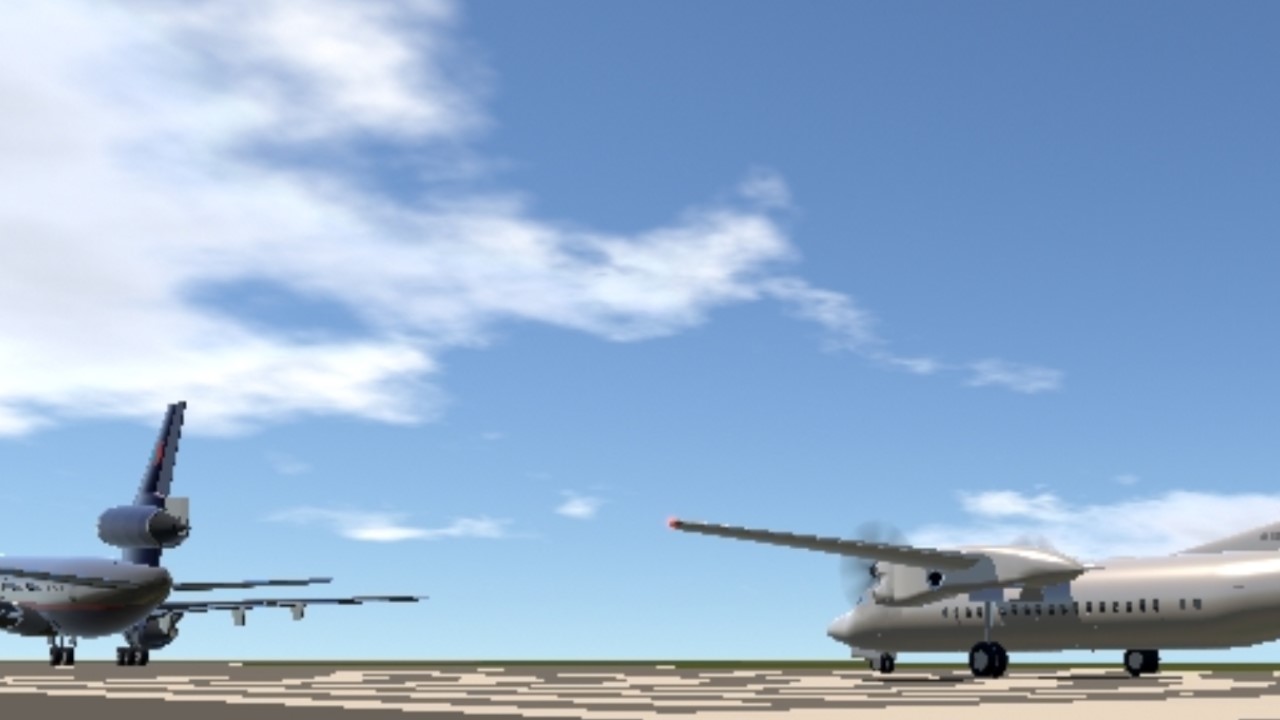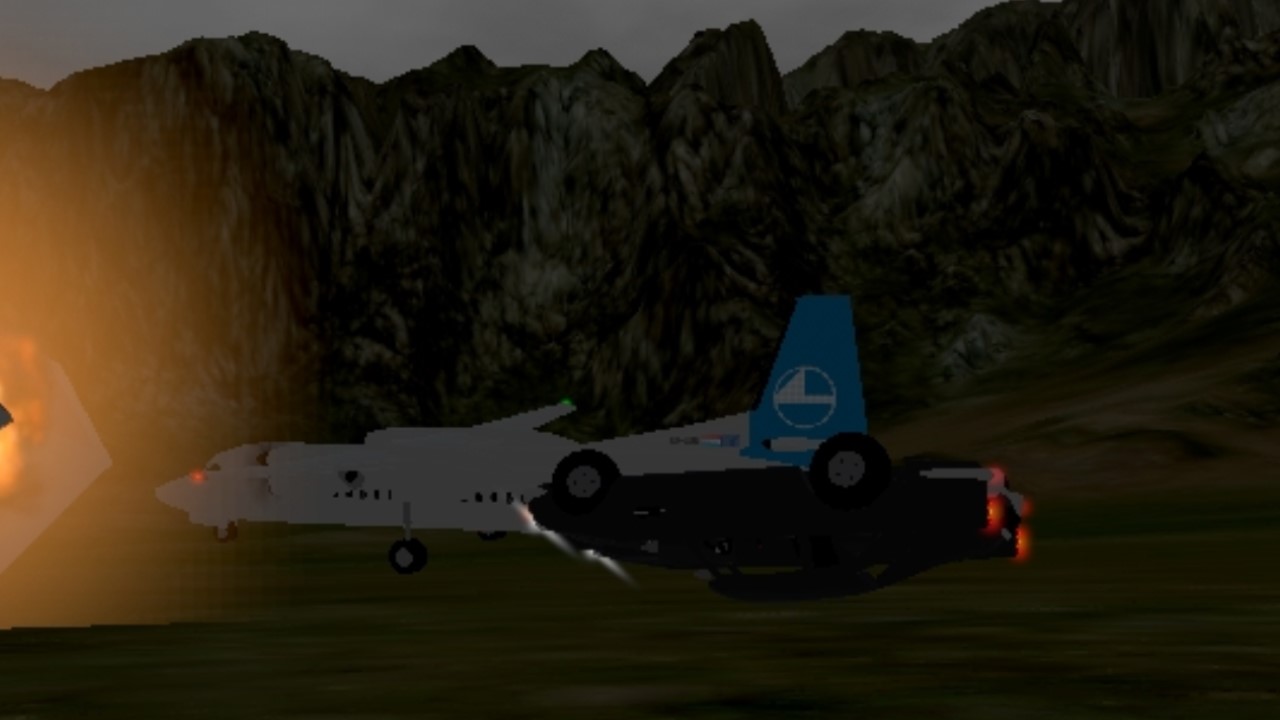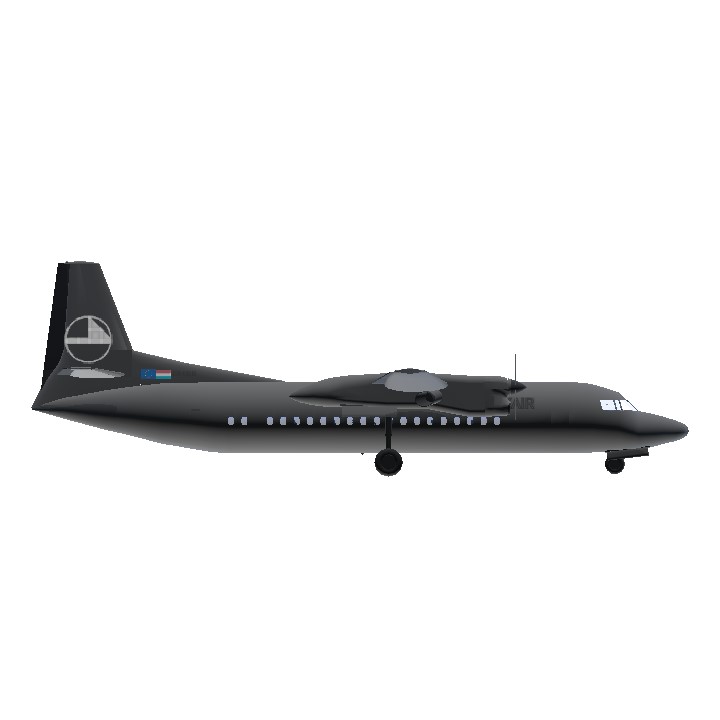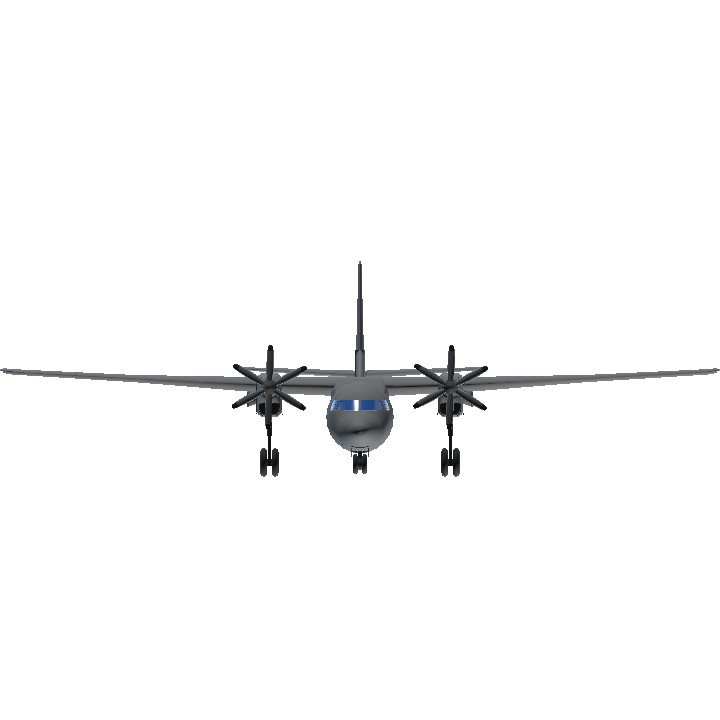Fokker 50

The Fokker 50 is a turboprop-powered airliner manufactured and supported by Dutch aircraft manufacturer Fokker. It was designed as an improved version of the successful Fokker F27 Friendship. The Fokker 60 is a stretched freighter version of the Fokker 50. The Fokker 50 was developed during the early 1980s following a decline in the sales of the company's earlier F27 Friendship. It was decided that the new airliner would be a derivative of its predecessor, sharing much of its airframe and design features, while incorporating new advances and several improvements, such as the adoption of Pratt & Whitney Canada PW127B turboprop engines, in order to produce a successor that had a 30 percent reduction in fuel consumption over the F27.
The Fokker 50 performed its maiden flight on 28 December 1985, and entered revenue service during 1987. The Fokker 60 has been operated by the Royal Netherlands Air Force (RNLAF), ex-RNLAF aircraft are also in service with the Peruvian Naval Aviation and the Republic of China's Air Force.
Luxair Flight 9642
Luxair Flight 9642 (LG9642/LGL9642) was a scheduled international passenger flight from Berlin Tempelhof Airport, Germany, to Luxembourg Findel Airport, Luxembourg, operated by Luxembourg's national airline Luxair. On 6 November 2002, the aircraft operating the flight, a Fokker 50 registered as LX-LGB, lost control and crashed onto a field during an attempted landing at the airport. Out of 22 passengers and crew members on board, only two people survived. The crash is the deadliest aviation disaster to occur in Luxembourg and the only fatal accident in Luxair’s history.

Luxembourg's Administration for Technical Investigations (AET) concluded that the crash was caused by pilot error. The crew decided to accept the approach clearance that had been given by the ATC even though they had not conducted enough preparation for the landing, leading the crew to conduct a series of improvised actions. Their actions led to the override of a certain safety feature that would have prevented the propellers from entering the reverse angle, enabling the propellers to enter the reverse angle in flight and led to the lost control situation.
The result of the investigation highlighted the possible safety risk regarding the protection system against an accidental deployment of reverse angle in turboprops during mid-flight, prompting Fokker to issue a mandatory modification on the safety feature.
Specifications
General Characteristics
- Predecessor Fokker 50
- Created On Android
- Wingspan 97.3ft (29.7m)
- Length 88.9ft (27.1m)
- Height 31.6ft (9.6m)
- Empty Weight 20,670lbs (9,375kg)
- Loaded Weight 30,425lbs (13,800kg)
Performance
- Horse Power/Weight Ratio 0.197
- Wing Loading 29.0lbs/ft2 (141.6kg/m2)
- Wing Area 1,048.9ft2 (97.4m2)
- Drag Points 10909
Parts
- Number of Parts 413
- Control Surfaces 9
- Performance Cost 1,872





